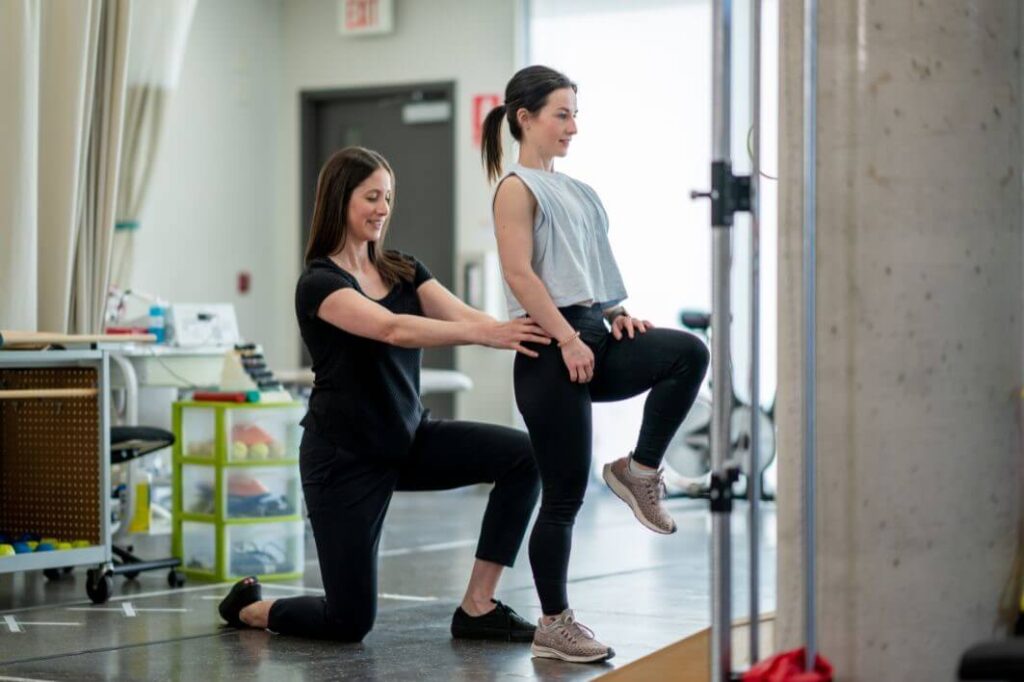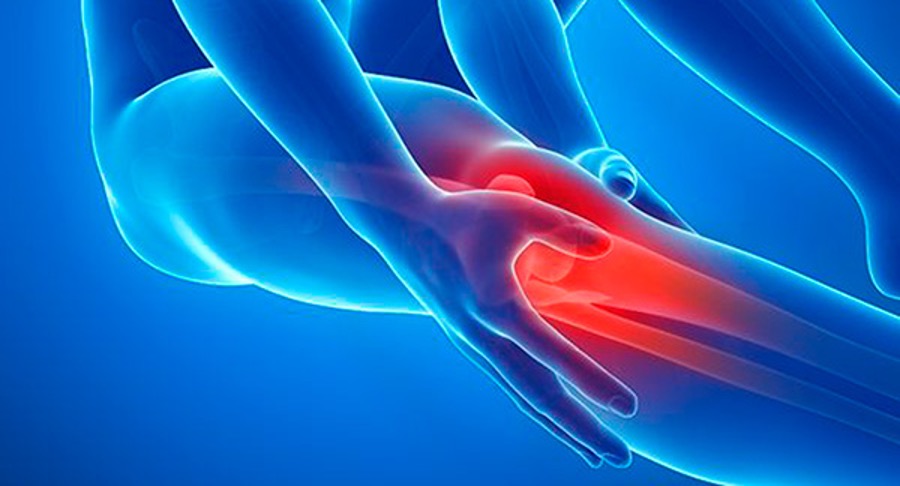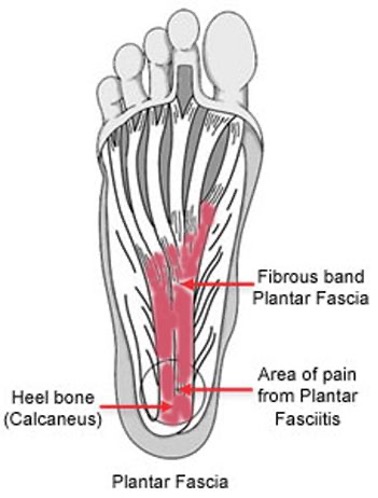Ah, the age-old question! How many physiotherapy sessions will it take to recover from an injury? Fortunately/unfortunately, as with most things in life, the answer is: “It depends”. We know that might not be the answer you’re looking for. Read on to learn more.
Different injuries require different levels of treatment, and the number of sessions needed can vary depending on the nature and severity of the injury, your overall health and fitness, what recovery means to you, and a host of other factors.
For example, a minor sprain or strain may only require a few sessions of physiotherapy to get the patient back on track. But if it’s a recurring sports-related injury recovery might mean something different – it might mean unlearning movement patterns that have repeatedly caused harm and ultimately improving peak performance. A small fall might not need much treatment at all, but in an elderly patient for whom falls could have serious consequences, recovery might mean balance and proprioception training on top of treating the injury. On the other hand, a more serious injury, such as a torn ligament or a broken bone, may require several weeks or even months of treatment to fully recover. But then nothing after that – it all, well, depends.
The good news is that physiotherapy is a highly effective form of treatment for many injuries, and can help to reduce pain, improve mobility, and speed up the healing process. So, while it may take some time and effort, with the help of a skilled physiotherapist, you might even come out the other side of your injury stronger than before.
Of course, there are no guarantees when it comes to recovery times, and everyone’s journey is different. So, let’s get down to the nitty-gritty with a few examples.
Example: ACL Rupture
Recovering from an ACL rupture can take several months of physiotherapy treatment. The number of actual sessions required might vary depending on the severity and location of the tear, the patient’s age and overall health, and their level of physical activity.
Example: Minor Ankle Sprain
Recovery time for a minor ankle sprain on the other hand can range from a few days to several weeks: the first few sessions will focus on reducing pain and swelling, as well as restoring the range of motion in the affected ankle. But as the ankle begins to heal more intensive exercises aimed at preventing future injury (through improved balance and proprioception) will begin to dominate.
These are two extremes just to give you an idea. In either instance, the patient’s diligence in performing their exercises and following other advice around rest, strapping, elevation, and so on, makes a big difference to the quality and duration of their recovery.
Our Big Takeaway
But here’s the thing. If it takes a few months (or even a year) for your injury to heal well, the same amount of time will have passed as if you didn’t invest time and effort into healing. It reminds us of the old joke about someone who wanted to learn to play the piano and was dismayed when the teacher told them it would take years to become great at it. “Do you know how old I’ll be by then?” the student demanded. “The same age you’ll be whether you play or not” retorted the teacher. How old will you be when you’re finally able to run/jump/pivot/play football/dance/pick something (like a beloved pet) up off the floor again? Whether it’s weeks or months from now, the physiotherapists at Next Generation Physiotherapy are here to help you. Call us at (08) 9203 7771 to make an appointment. And in the meantime, we invite you to follow us on social media for helpful health-related tips and tricks. Check us out on Facebook or Instagram.




